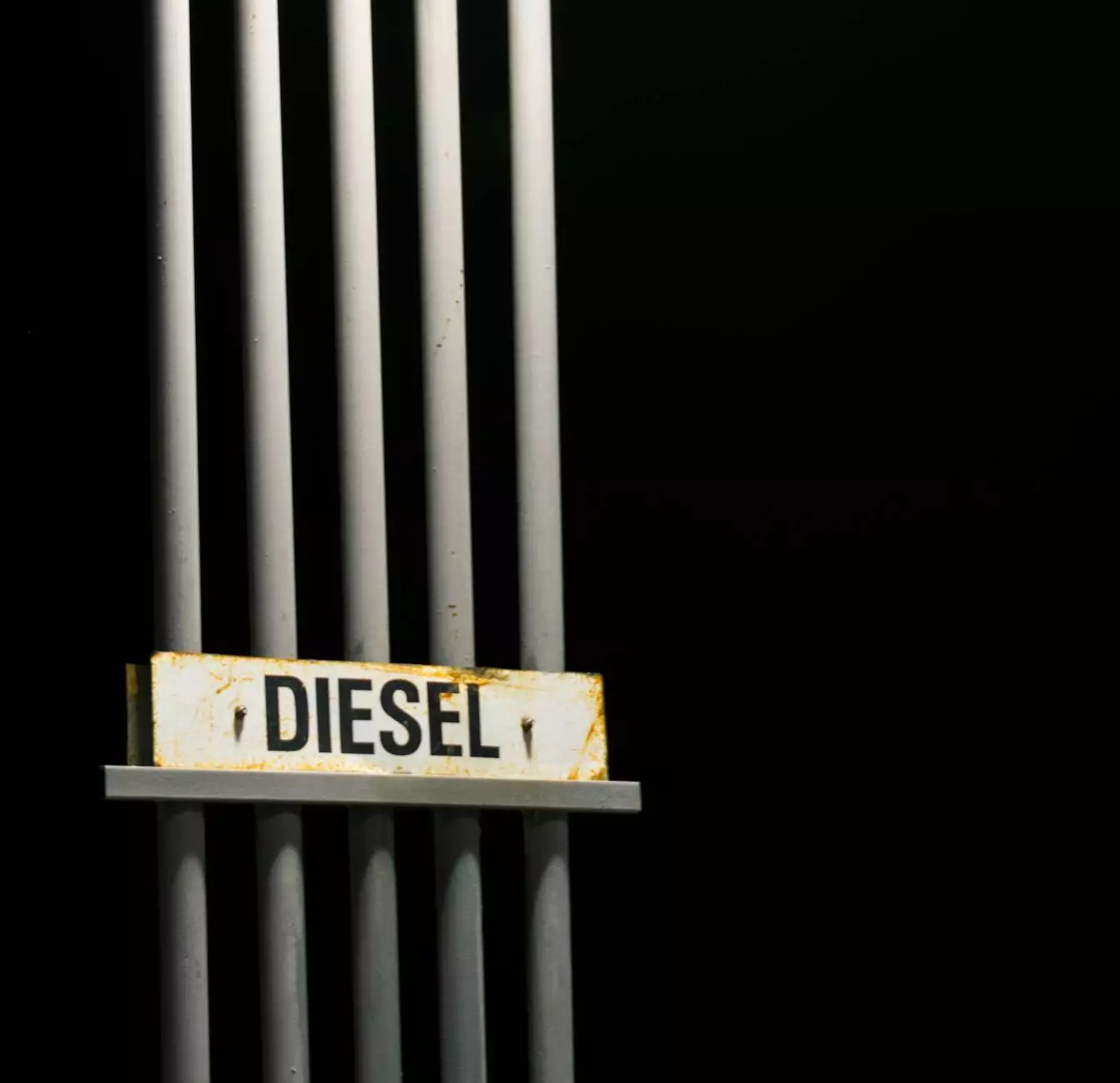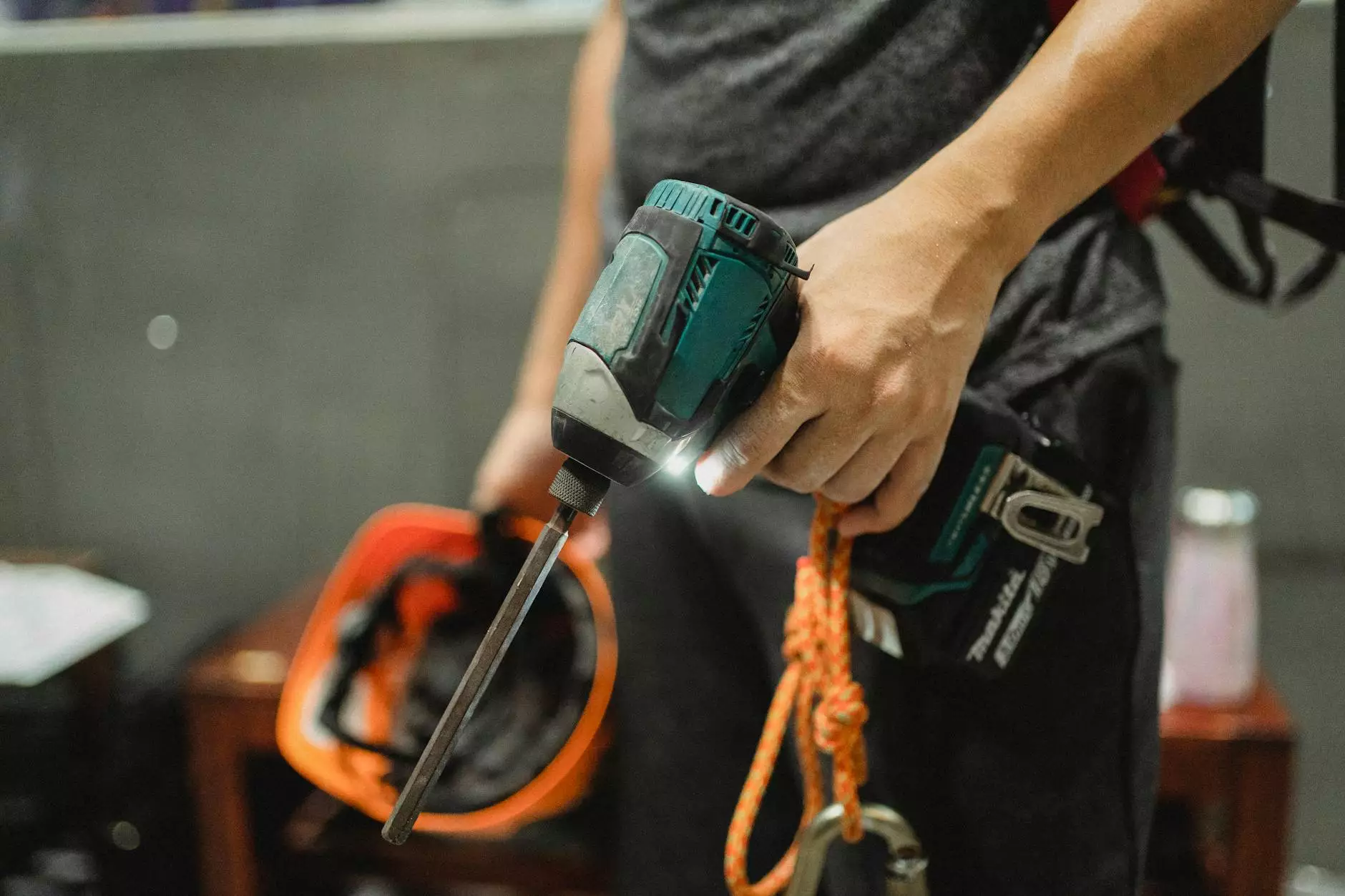The Difference Between a Gas Caddy and a Diesel Caddy

When it comes to fuel storage and transportation, understanding the distinctions between a gas caddy and a diesel caddy is crucial for safety and efficiency. In this comprehensive guide brought to you by SEO Studios, we'll delve into the nuances of these containers and answer common questions like "can I put gas in a diesel can?" and more.
Understanding Gas Caddies
Gas caddies are specifically designed containers for storing and transporting gasoline. They often come in varying sizes and are equipped with features to ensure safe handling of the highly flammable fuel. While convenient for refueling small engines, like lawn mowers or generators, gas caddies should never be used for diesel fuel.
Exploring Diesel Caddies
Diesel caddies, on the other hand, are intended for diesel fuel storage and transportation. Diesel fuel has different characteristics compared to gasoline, requiring distinct containers for handling. These caddies are built to withstand the unique properties of diesel fuel and prevent contamination.
Can You Put Gasoline in a Diesel Can?
One common question that arises is whether it's safe to put gasoline in a diesel caddy or can. It's important to note that using the wrong type of fuel container can lead to dangerous situations. Gasoline is highly volatile and has a lower flashpoint compared to diesel fuel, making it incompatible with diesel containers.
Can You Put Diesel in a Red Gas Can?
Red gas cans are typically associated with gasoline storage. Mixing diesel fuel in a red gas can can cause contamination and potential damage to engines designed for gasoline. It's crucial to always use the correct container for the specific type of fuel to avoid mishaps and maintain equipment integrity.
Key Takeaways
When it comes to fuel storage and transportation, precision is paramount. Using the right container for the corresponding fuel type ensures safety, operational efficiency, and equipment longevity. Remember to never mix gasoline and diesel fuels in the same container and always adhere to manufacturer guidelines for fuel handling.



